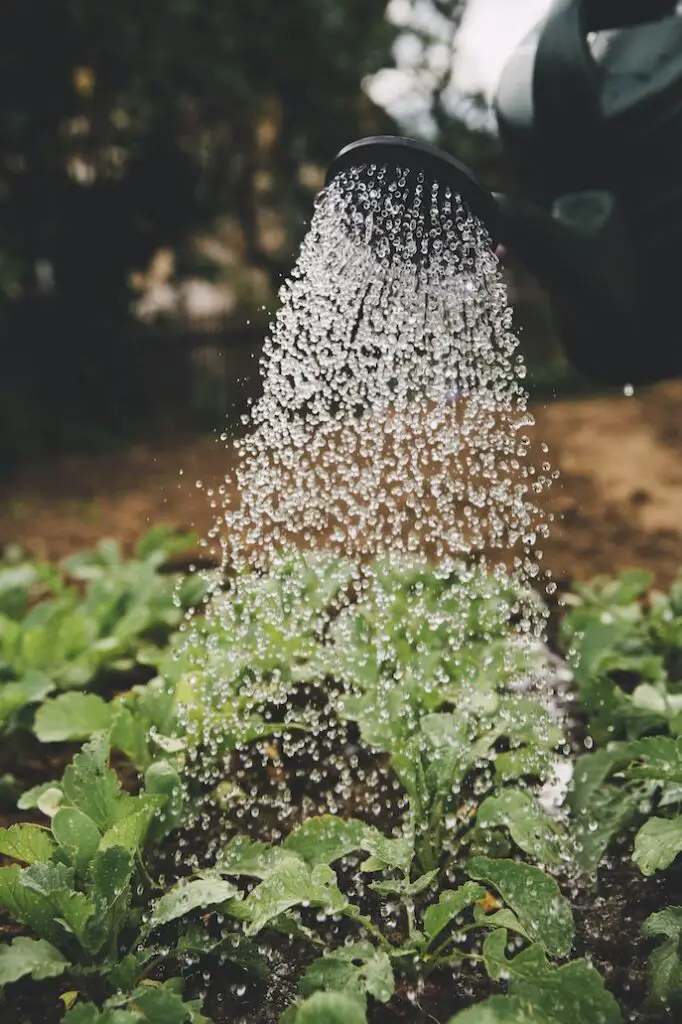Growing chicory indoors is a rewarding endeavor for both seasoned gardeners and beginners alike. This versatile and nutritious plant is not only a delightful addition to your indoor garden but also offers numerous health benefits. Chicory (Cichorium intybus) is a cool-season crop known for its attractive foliage, vibrant flowers, and delicious edible roots. In this article, we will explore the essential steps and considerations for successfully growing chicory indoors, enabling you to enjoy its distinct flavour and nutritional value year-round.
Table of Contents
Selecting the Right Varieties
When it comes to growing chicory indoors, selecting the appropriate variety is crucial. While there are several chicory cultivars available, some are better suited for indoor cultivation due to their compact size and adaptability. Some popular indoor chicory varieties include “Sugarloaf,” “Rossa di Treviso,” and “Witloof.”
Creating an Optimal Indoor Environment
Chicory thrives in cool conditions, making it well-suited for indoor cultivation. To provide the ideal environment, consider the following factors:
- Lighting: Chicory requires at least six hours of direct sunlight each day. If your indoor space lacks natural light, you can use fluorescent grow lights or LED lamps designed for plant growth. Position the lights at a suitable distance to ensure even coverage.
- Temperature and Humidity: Chicory prefers temperatures between 60°F and 70°F (15°C-21°C). Maintain a moderate humidity level of around 50-60% to prevent drying out of the leaves.
- Air Circulation: Good air circulation is essential to prevent the development of fungal diseases. Use fans or ensure proper ventilation in your indoor garden.
Container Selection and Preparation
Selecting the right containers is vital for successful chicory cultivation indoors. Consider the following aspects:
- Size: Choose containers with a minimum depth of 8-10 inches (20-25 centimetres) to accommodate the chicory’s taproot adequately.
- Drainage: Ensure the containers have sufficient drainage holes to prevent waterlogging, which can lead to root rot.
- Material: Opt for lightweight containers made of plastic or clay, as they are easier to handle and help maintain appropriate moisture levels.
Soil and Fertilisation
Chicory thrives in well-draining soil with a slightly acidic to neutral pH range of 6.0-7.0. Use a high-quality potting mix that provides good aeration and water retention. Consider adding organic matter, such as compost or well-rotted manure, to enhance the soil’s fertility.
To ensure healthy growth, fertilise your chicory plants regularly. Use a balanced organic fertiliser, following the manufacturer’s instructions. Avoid excessive nitrogen fertilisation, as it can lead to an abundance of foliage at the expense of root development.
Sowing and Care
- Sowing Seeds: Sow chicory seeds directly into the containers, planting them at a depth of approximately ½ inch (0.6 centimetres). Maintain a spacing of 4-6 inches (10 – 15 centimetres) between each plant to allow for proper growth.
- Watering: Keep the soil consistently moist but avoid overwatering, as chicory is susceptible to root rot. Water the plants whenever the top inch of soil feels dry. Use room temperature water to avoid shocking the plants.
- Thinning and Harvesting: Once the seedlings develop a few true leaves, thin them out, leaving only the healthiest plants. Harvesting chicory leaves can be done continuously by removing outer leaves, ensuring the center leaves remain intact for further growth. Harvesting the roots can be done after four to six months of growth.
- Pest and Disease Management: Monitor your chicory plants regularly for common pests like aphids, caterpillars, and slugs. Use organic pest control methods such as handpicking or applying insecticidal soaps. To prevent diseases, maintain proper airflow, avoid overwatering, and promptly remove any infected plant material.


Conclusion
Growing chicory indoors provides a fulfilling experience and allows you to enjoy the plant’s nutritional and culinary benefits year-round. With careful selection of varieties, creating an optimal indoor environment, choosing suitable containers, and providing proper care, you can cultivate healthy and productive chicory plants. Experiment with different recipes to savor the unique flavour and versatility of chicory in your culinary endeavours. So, embark on this indoor gardening journey and discover the joy of growing chicory in the comfort of your own home.


